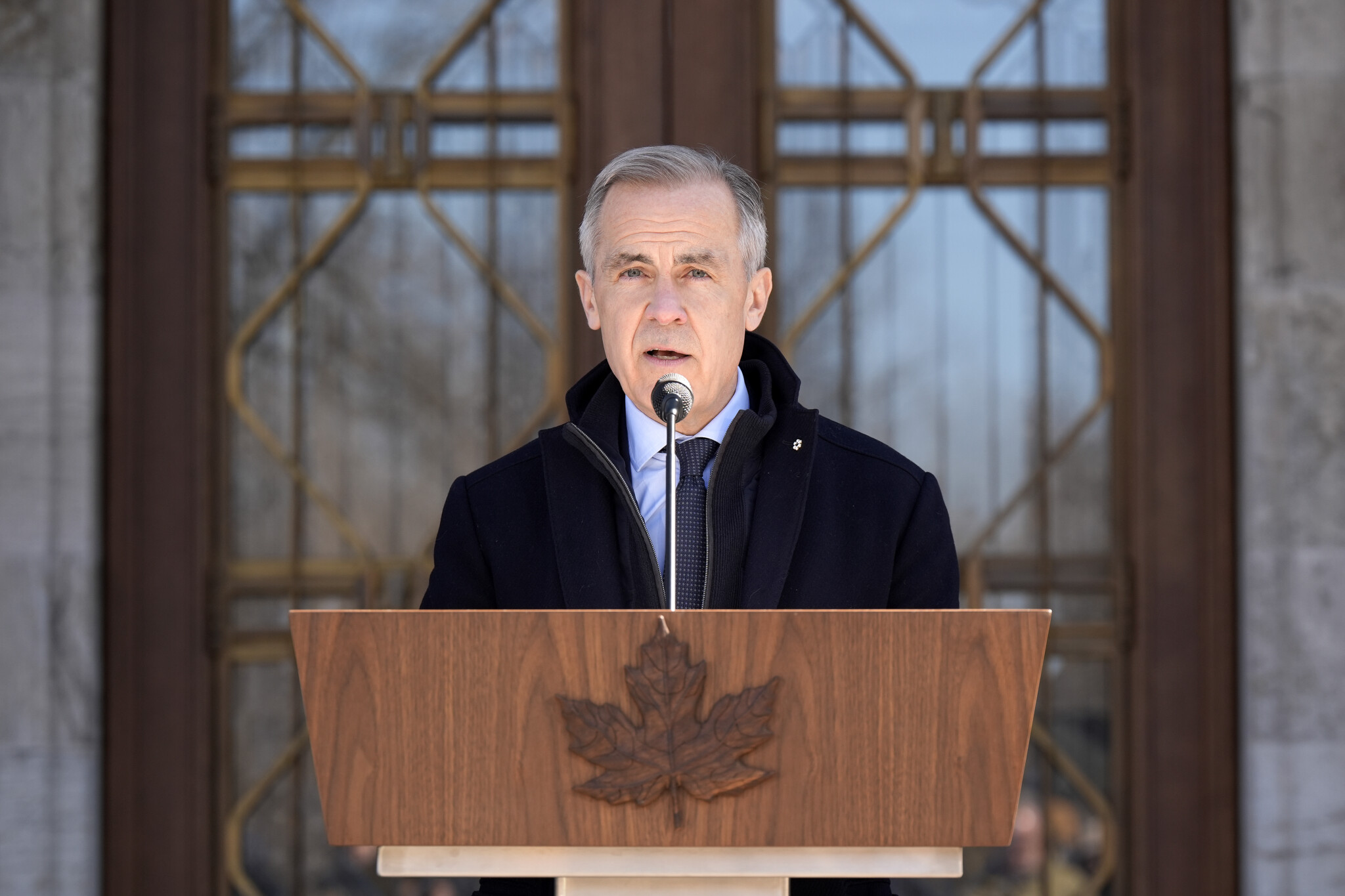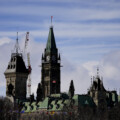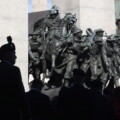The swearing-in of Prime Minister Mark Carney’s cabinet was meant to signal a new chapter for Canadian politics. Instead, what emerged was a reaffirmation of the Liberal Party’s recent past—one that raises questions about whether this government will deliver the change many voters expected when they handed the Liberal leader his decisive victory.
The appointments tell a clear story. François-Philippe Champagne, who was the architect of Trudeau’s controversial electric vehicle subsidies, now holds the finance portfolio—on the very day Honda stalled its plans. Mélanie Joly, who shakily presided over foreign affairs from 2021 until now, moves to industry. Steven Guilbeault, whose radical environmental views alienated Western Canada, remains at heritage. Anita Anand takes foreign affairs after an uneven tenure as defence minister. Of the six most powerful cabinet positions, five are held by veterans of the Trudeau era.
This is not the cabinet of a prime minister seeking clean breaks. It is the cabinet of someone who has calculated that experience and continuity outweigh the risks of fresh starts. There are arguments for this approach—governing takes experience and is harder than campaigning, and Carney inherits a fractious caucus with progressive elements absorbed from the NDP. But the political cost is already evident: the energy of Carney’s insurgent campaign has collided with the reality of Liberal Party machinery.
Carney’s appeal always rested on dual premises: that he was neither a traditional Liberal nor a captive of Ottawa’s establishment. His background as a technocratic central banker and private sector executive suggested he might approach government differently—prioritizing evidence over ideology, and surrounding himself with outsiders rather than party loyalists.
Yet the cabinet reveals a different calculus. With the notable exception of Tim Hodgson, minister of energy and natural resources—a Carney confidant from their Bank of Canada days—this is a government that looks more like Trudeau 2.0 than the promised reinvention. Even Carney’s senior staff choices, like Principal Secretary Tom Pitfield (a longtime Liberal operative), suggest deeper institutional capture than anticipated.
The implications are substantive. On energy policy, Guilbeault’s presence at the cabinet table—even in heritage—could signal continued tension with Alberta. So too for Julie Dabrusin, environment and climate change minister, who long opposed not only the expansion of the oilsands but all fossil fuels through a “green energy” transition. On fiscal matters, Champagne’s promotion suggests no major departure from deficit spending. These are not the positions of a government charting new territory.
There is logic to Carney’s choices. The Liberals won by consolidating progressive voters—a coalition that could fracture if he moved too sharply to the centre. Keeping Trudeau-era ministers provides stability and rewards internal allies. And as a political newcomer, Carney may have concluded he needs veteran operators to navigate Ottawa.
But the risks are equally clear. Voters who backed Carney expecting change—including centrist Liberals and soft NDP supporters—may feel misled. The Conservatives, who struggled to define Carney during the campaign, now have a clearer target: a government that looks suspiciously like the one Canadians just rejected.
The one appointment that breaks the mould is Hodgson. His background outside politics and close ties to Carney suggest this portfolio—critical for both the economy and national unity—may be where the prime minister plants his flag. If Hodgson can balance environmental goals with pragmatic energy development, it could provide Carney with an avenue for differentiation. But he’ll be swimming against the tide in a cabinet stacked with Trudeau veterans.
The deeper question is whether this cabinet represents a conscious choice by Carney or a concession to Liberal Party realities. The prime minister campaigned as an outsider capable of challenging Ottawa’s orthodoxies. Yet his first major decisions suggest either an unwillingness or inability to do so.
There is still time for course correction. Cabinet shuffles happen; policies evolve. But first impressions matter in politics, and today’s impression is of a prime minister who has opted for the safety of continuity over the risks—and potential rewards—of real change.
Canadians elected Carney believing he would be different. His challenge now is proving them right.
Generative AI assisted in the production of this article, based on an interview done on The Hub’s YouTube channel.
EDITOR’S NOTE: A previous version of this article stated that Michael Pitfield had been selected as Prime Minister Carney’s principal secretary. His name instead is Tom Pitfield.








